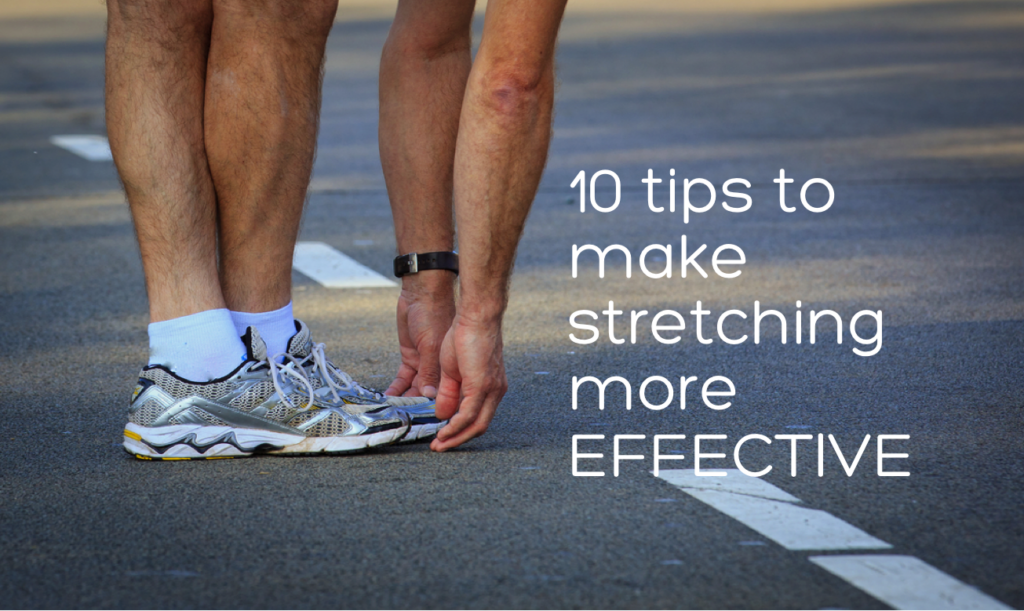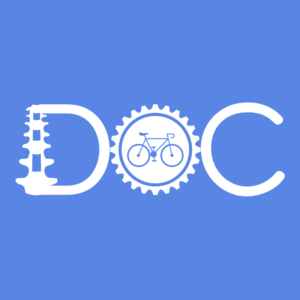Daily stretching should be a part of everybody’s routine! It will help with injury prevention, improve your flexibility and, perhaps most importantly, make you feel great. Here are a few general steps to keep in mind when following a stretching program designed by you or your health professional.
1) Stretching is a workout
Get into the mindset of thinking of stretching as a workout as much as cardio, squatting, lifting and, anaerobic training are. Just because it does not make you sweat, does not mean it isn’t worth doing. Stretching helps to maintain and improve one’s range of motion and stop muscles from sticking to each other. Check out this awesome video on why daily stretching keeps the FUZZ off our muscles. (Warning there are cadavers = bodies) Whether for injury prevention or making you feel energized and well, do it!2) Wait thirty minutes to stretch after waking up
The intervertebral discs of the spine are more at risk of injury just after awakening. Over night, the discs act like a sponge, soaking up fluid and simultaneously expanding, becoming hydrated as part of their normal physiology. Waiting thirty minutes allows some of the excess fluid to be pushed out and takes undue stress off the back and lowers the risk of injury3) Stretching is as much about relaxation and wellness too!
The research on whether stretching helps to prevent injury is incredibly convoluted and confusing. I am of the mindset that when I stretch, I feel like I move better, am less sore after a run and, generally get injured less. That’s me. Regardless, stretching will provide for a break. It will provide some time to be more mindful, feel areas of tension in the body, and allow you to work through that tension. Use it as a break from the stresses of daily life, to forget any worries and focus on those good things. Find the five minutes to do it and, you will not regret it4) Proper breathing is key
Stretching without proper breathing is a waste of time. When we hold our breath, we build tension in our bodies and the very muscles we are trying to stretch. When we breathe properly, the muscles relax and the oxygen from our breath can be properly delivered. Breathe in through the nose, bringing the air down to the belly using your diaphragm, slowly over four-to-five seconds. Hold it for one to two seconds and, then slowly release your breath over four to five seconds. For tips on breathing better, check out THIS blog post5) A combination of dynamic stretching and static stretching is best
Dynamic stretching is when the limbs or trunk are moved swiftly through a range of motion in a repetitive type motion. Leg swings or arm circles are both good examples. Dynamic stretching progressively takes a joint through greater ranges of motion similar to what they will face during exercise and daily life. It also is more likely to “warm-up” a muscle and increases the heart rate to wake you up for a run or from your slumber. Static stretching / traditional stretching, involves taking a muscle, or group of muscles to their end range and holding a position for 20-30 seconds. Static stretching is good if a particular muscle or area of the body is tight and using a particular stretch to isolate that area. Combining the two is best6) Keep the core activated. Always
Be sure to adopt a neutral spine and proper abdominal bracing (core activation) during your stretches. It will help protect the back and simultaneously strengthen the core7) Pain does not equal gain
Hold a stretch only until mild discomfort is felt. Hold the stretch until the discomfort lessens and progress the stretch farther until mild discomfort is felt again. Over the 20-40 sec hold, think of slowly progressing the joint into a greater range of motion to lengthen the targeted muscle.8) Be creative
Unless strictly instructed not to by a health professional, it is generally okay to modify a stretch to make it more challenging. Often this can mean changing the angle or a position a limb is held at to produce a greater stretch. For example, is stretching the quadriceps (the front thigh muscles), try turning the leg in or out as the heel is pulled towards the butt to stretch different fibers of quad muscles9) Cool down with cardio, not stretching
You see professional athletes riding the bike during post game interviews instead of during a stretching routine for a reason. Whether concluding a run or weight-lifting, it is best to spend five-to-ten minutes on very light aerobic activity like cycling or walking (ie 3.5-4.5mph) to conclude a workout to help increase blood flow and circulation to flush out metabolic waste products from tired muscles. This method of cool down will leave your body better prepared for activity when it is called upon the next day10) Finish your stretching routine with a good two minute POWER POSE
Stand-up, stretch out those arms and legs and, be powerful. If you do anything during your day that could be considered stretching, this should be it!Dr. Alex




